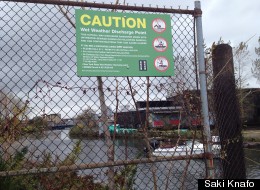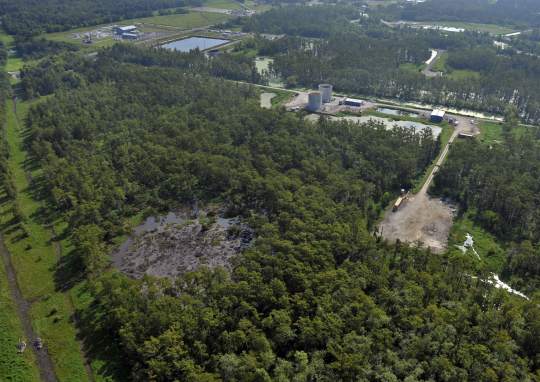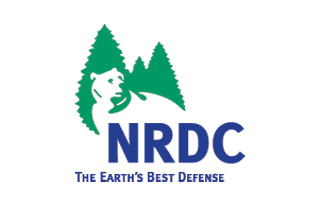submitted by Albert Gomez

good.is - July 11, 2012
While there's been plenty of media pointing out or raising awareness about the disaster submerged right beneath sea level— the mountain-sized patch of plastic and other garbage that's been collecting in oceans around the world, particularly in the Pacific—there's less attention to some of the solutions that are currently in the works. Part of the reason is that the problem seems so huge (indeed, it's beyond the point of return) and so distant that it's not necessarily the easiest to conceive of steps to take action against.
Yet a crew of big-thinking designers has a concept for a trash-skimming and sensor-equipped "marine drone" that could detect trash in the ocean and scoop it into its net to be recycled. The drone is designed to navigate the ocean for two weeks at a time and would use an infrasound system to keep fish at bay.
Problem, Solution, SitRep, or ?:

 Image: Stormwater mixed with sewage spilled from the Gowanus Canal in the wake of Hurricane Sandy. (Saki Knafo)
Image: Stormwater mixed with sewage spilled from the Gowanus Canal in the wake of Hurricane Sandy. (Saki Knafo)


 Image: Lawn and garden products company Scotts Miracle-Gro will pay $12.5 million in fines for poisoning bird feed and violating pesticide laws. (photo: doncraft.com)
Image: Lawn and garden products company Scotts Miracle-Gro will pay $12.5 million in fines for poisoning bird feed and violating pesticide laws. (photo: doncraft.com)



 nrdc.org
nrdc.org
Recent Comments